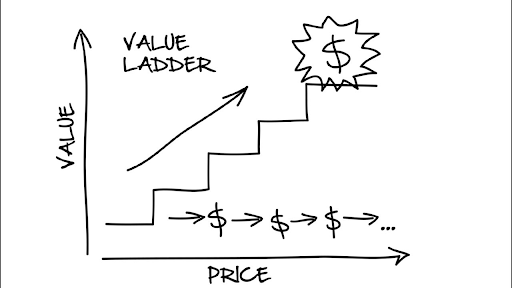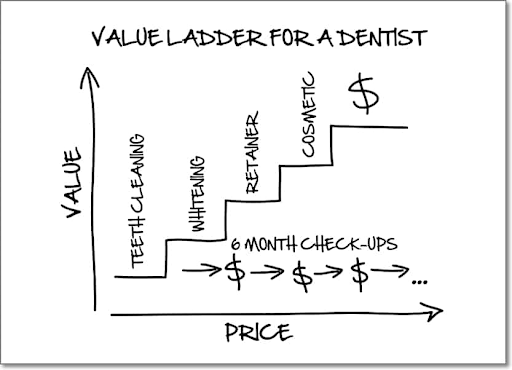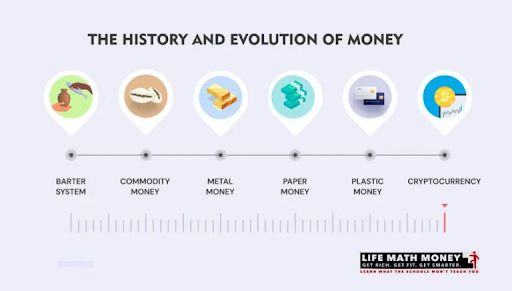“It’s time you realized that you have something in you more powerful and miraculous than the things that affect you and make you dance like a puppet.”
~Marcus Aurelius
Greetings from LA and Hawaii.
This week we found some YouTube science videos, learned that nature beats nurture, discovered our implicit biases, and unearthed the root of all evil. Our challenge is for you to take a cold shower.
The Genes Win
How much impact do parents have on their kids? It’s a question that psychologists and sociologists have been arguing over for decades. But according to well-founded 1995 research by Judith Rich Harris, parents likely have less impact on their children’s personality than they think… at least when it comes to rearing.
The genes that parents pass on and the peers that children are surrounded by — those, on the other hand, are two of the most powerful factors in determining a child’s personality.
Satoshi Kanazawa draws the following conclusion on Psychology Today:
Children do greatly resemble their parents in their personality, values, and behavior. But it is mostly because they share common genes, not because the parents raised the children in certain ways. As the late great behavior geneticist (and an old friend of mine) David C. Rowe puts it: “Parents are often given too much credit for children who turn out well, and too much blame for children who turn out poorly. The source of causal influence is not in rearing variation, but in the genes and in unshared environmental variation.”
AsapSCIENCE

AsapSCIENCE is a YouTube channel where Gregory Brown and Mitchell Moffit describe the science behind questions such as: did the chicken or the egg come first? Is masturbation good for you? And does birth or getting kicked in the groin hurt worse? Their videos are easy to watch, engaging, and packed with valuable information.
The Value Ladder

In his 2015 book, DotCom Secrets, Russell Brunson — the founder of the $360 million company, ClickFunnels — introduced an idea called “The Value Ladder”.
Brunson created the concept to help entrepreneurs visualize how their customers should progress, one step at a time, toward purchasing the most valuable product or service their business has to offer. The idea is to get a new customer through the door by offering something inexpensive or free. As the customer learns to trust you, you offer them more valuable (and more expensive) products, ultimately guiding them toward your highest-ticket offer.
Brunson also recommends having a continuity program in your business (a monthly subscription, for instance) that creates more financial predictability.
Here’s an example of what this looks like for a SaaS company.

And here’s an example of this for a dentist’s office.

Creating a value ladder for your business is a great exercise for clarifying the ongoing value you’re providing to your customers.
Rock, Paper, Bias
How biased are you against certain genders, races, and sexual orientations? If you’re like most people, then you’ll answer that question with an affirmative “not at all!” But the subconscious truth might be less confident in that answer. In fact, you can test your subconscious bias with something called the Implicit Association Test (take multiple different ones over here on the Harvard website) — the test requires you to quickly group qualities with demographics… and when grouping things that don’t naturally line up with your subconscious biases, that’s difficult to do. Go try it out for yourself.
It’s difficult to know how much these subconscious biases impact our daily interactions with people of various demographics, but on a personal level, it’s good to be aware.
Paper, Plastic, Bitcoin

In The History and Evolution of Money, the writers and researchers over at LifeMathMoney describe the fascinating history of money and make a convincing argument that cryptocurrency might very well become the next step in our financial evolution.
Ever since computers and the internet became a thing, people have wanted to create a fully digital currency.
…
[But] there is an inherent difficulty with creating a digital currency that is unique to the digital world: replication. For example, if I give you a physical dollar, I have lost a dollar, and you have gained it. But if I email you a file, you have the file, but I have an identical copy too. I have not lost the file. I could just as easily send the same file to multiple people. How do you create a system where if one person spends his digital currency, he can’t then go and spend it again?
…
What was needed was a decentralized system that solved the double-spending problem. A decentralized system could not be targeted by a government (via litigation) or a hacker, and it wouldn’t have a parent company by definition.
Enter Bitcoin.
Extra Stuff
Here are some articles that caught our attention this week…
A Tiger Can’t Change Its Stripes by Epsilon Theory
What are processed foods and why are they so bad for metabolic health? by LEVELS
‘Like a Beautifully-tuned Instrument’: 2000 Microphones Unlock the Mystery of Why Hummingbirds Hum by Good News Network
Fossil Fuels and Public Lands: How the US Interior Department Can Act on Climate Right Now by Union Of Concerned Scientists
The Weekly Challenge
In episode #1301 of The Joe Rogan Experience, Laird Hamilton, the world-famous surfer, says he thinks that most people could solve their depression by “icing” — he’s talking about jumping in an ice bath or taking a freezing cold shower. Maybe that sounds crazy, but there’s quite a bit of research indicating its validity. So this week, try it out for yourself. Turn on the cold water for 60 seconds and see how you feel.
Until next week!
Mike & Alec
